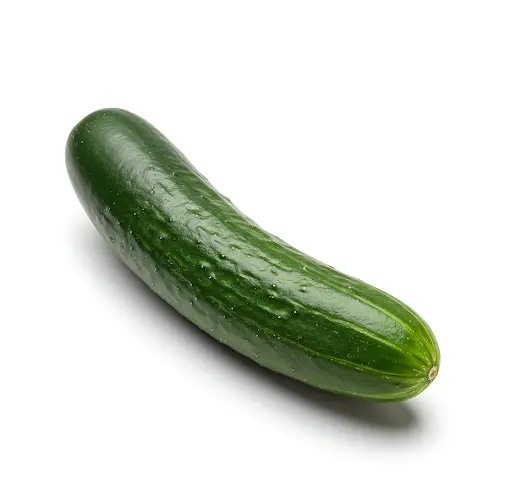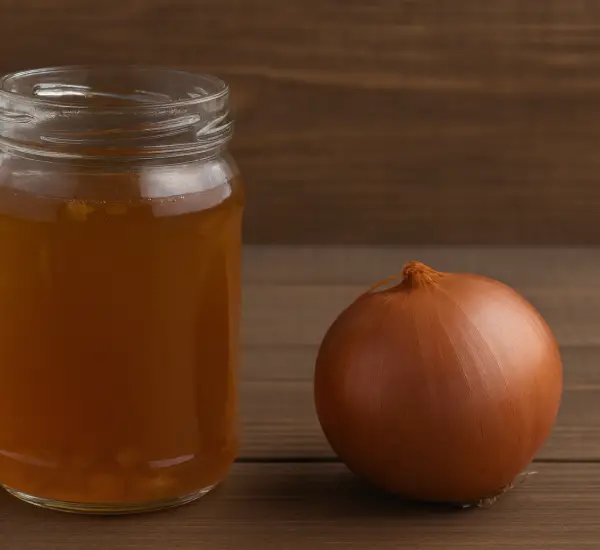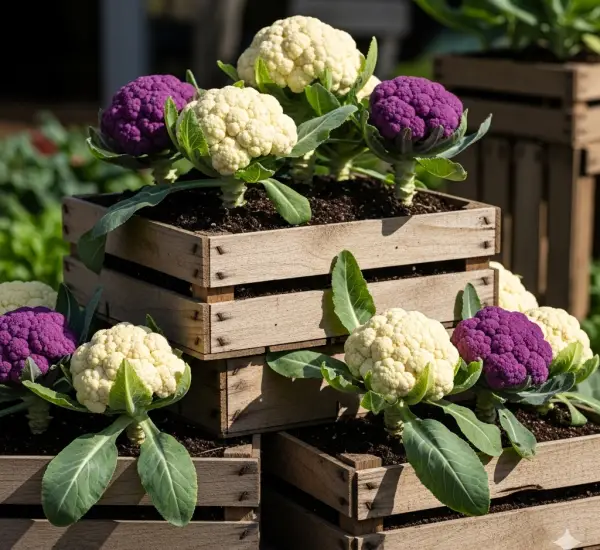Safe and Effective Late-Season Cucumber Feeding with Pharmacy-Grade Ingredients
As August and September roll in, it becomes crucial to properly feed and care for cucumber plants. Using chemical fertilizers at this stage is not advisable, as cucumbers are still actively producing fruit, and residues from chemical treatments could be harmful. However, plants still require protection from diseases and need nourishment to extend their fruiting period as much as possible.
A great way to achieve this is by using common, pharmacy-grade products that are both safe and effective. Many experienced gardeners use potassium permanganate (manganese solution) and succinic acid to treat their plants, but there is another outstanding and budget-friendly option that can be found in any local pharmacy.
The Power of Furacilin for Cucumber Care
Furacilin, a well-known antiseptic often used for gargling to treat sore throats, is an excellent solution for preventing fungal and bacterial infections in cucumber plants. This simple, inexpensive ingredient is highly effective in protecting plants from common late-season diseases, such as phytophthora and powdery mildew.
One of the key advantages of Furacilin is that it does not accumulate in plant tissues, making it a safe option for late-season use. While it can be used from spring onward, it is particularly beneficial in August and September when cucumbers are more vulnerable to disease.
How to Prepare Furacilin Solution for Cucumbers
Making Furacilin-based plant protection is easy and affordable. To prepare the solution:
- Take 10 Furacilin tablets. These are commonly available in pharmacies and are usually bright yellow in color.
- Dissolve the tablets in 10 liters of water. It helps to crush the tablets first to speed up the dissolving process.
- Stir the solution thoroughly until all the tablets are fully dissolved.
- Use a sprayer to apply the solution to cucumber plants, covering both the leaves and stems.
Additional Uses for Furacilin in the Garden
This Furacilin solution is not just beneficial for cucumbers. It can also be used to treat and protect:
- Gooseberries and currants – Helps prevent fungal diseases.
- Tomatoes – Protects against late blight and bacterial infections.
- Other vegetable plants prone to fungal issues.
For best results, apply the Furacilin solution every two weeks, especially after rain or watering, as moisture can create conditions favorable for fungal growth.
The Benefits of Natural Plant Protection
Using natural, pharmacy-grade ingredients like Furacilin allows gardeners to maintain healthy plants without resorting to synthetic fungicides and pesticides. The advantages include:
- Safety for consumption – Unlike chemical treatments, Furacilin does not accumulate in fruits, ensuring that harvested cucumbers remain safe to eat.
- Cost-effectiveness – A single pack of Furacilin tablets is inexpensive and can be used for multiple applications.
- Ease of preparation – The solution is simple to make and does not require any specialized equipment.
- Effectiveness – Furacilin has strong antibacterial and antifungal properties that can help prolong the fruiting period and protect plants from disease.
By incorporating this simple method into late-season cucumber care, gardeners can enjoy a prolonged harvest with minimal disease impact. Try this natural treatment and ensure a healthy, productive garden!



